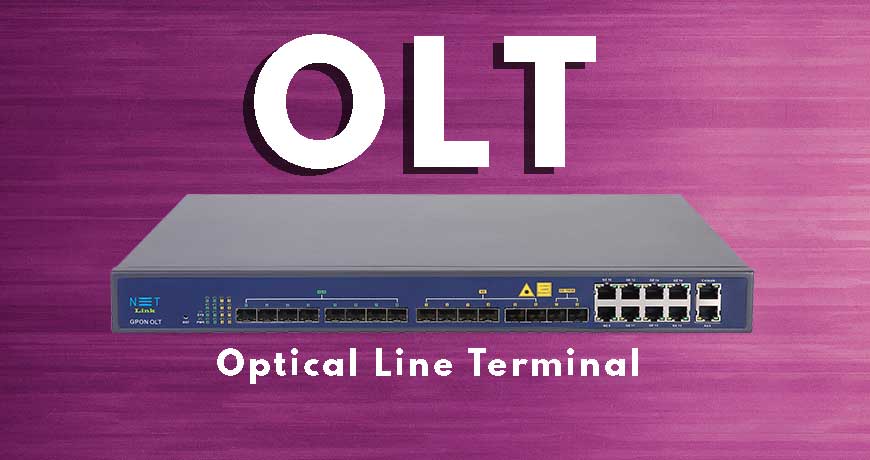An Optical Line Terminal (OLT) is a critical component in fiber-optic communication networks, particularly in Passive Optical Networks (PONs). Here’s a detailed explanation of what an OLT is and how it provides internet access:

What is an OLT?
Optical Line Terminal (OLT):
- The OLT is a device located at the service provider’s central office or headend.
- It serves as the endpoint of a passive optical network (PON) and connects to multiple Optical Network Units (ONUs) or Optical Network Terminals (ONTs) on the customer premises.
- The primary functions of an OLT include traffic management, control of the network, and converting electrical signals to optical signals and vice versa.
How an OLT Provides Internet Access
- Signal Conversion:
- The OLT receives digital data from the internet, typically as electrical signals.
- It converts these electrical signals into optical signals for transmission over the fiber-optic network.
- Downstream Transmission:
- The OLT sends these optical signals downstream through the optical fiber.
- In a PON, this signal is distributed passively (without any active electrical components) to multiple ONUs/ONTs via optical splitters.
- Upstream Transmission:
- The ONUs/ONTs convert optical signals back into electrical signals and deliver them to end devices (like computers, routers, etc.) in the customer’s premises.
- For upstream traffic (from user to the internet), ONUs/ONTs send optical signals back to the OLT.
- The OLT receives these optical signals, converts them back into electrical signals, and forwards them to the internet.
- Traffic Management:
- The OLT manages bandwidth allocation, ensuring efficient use of the fiber-optic network.
- It handles different data types, such as video, voice, and data, prioritizing them as needed.
- It also implements Quality of Service (QoS) policies to maintain service quality.
- Network Control and Maintenance:
- The OLT monitors the network, detects faults, and manages the connection and disconnection of ONUs/ONTs.
- It performs configuration and management tasks to ensure the network runs smoothly.
Components and Technologies
- Optical Splitters: Passive devices that split the optical signal from the OLT into multiple paths to serve multiple ONUs/ONTs.
- GPON (Gigabit Passive Optical Network) and EPON (Ethernet Passive Optical Network): Common types of PON technologies that the OLT might use. GPON offers higher bandwidth, while EPON is based on Ethernet standards.
- Wavelength-Division Multiplexing (WDM): Used to carry multiple signals on the same fiber by using different wavelengths (colors) of light, enabling efficient use of the fiber infrastructure.
